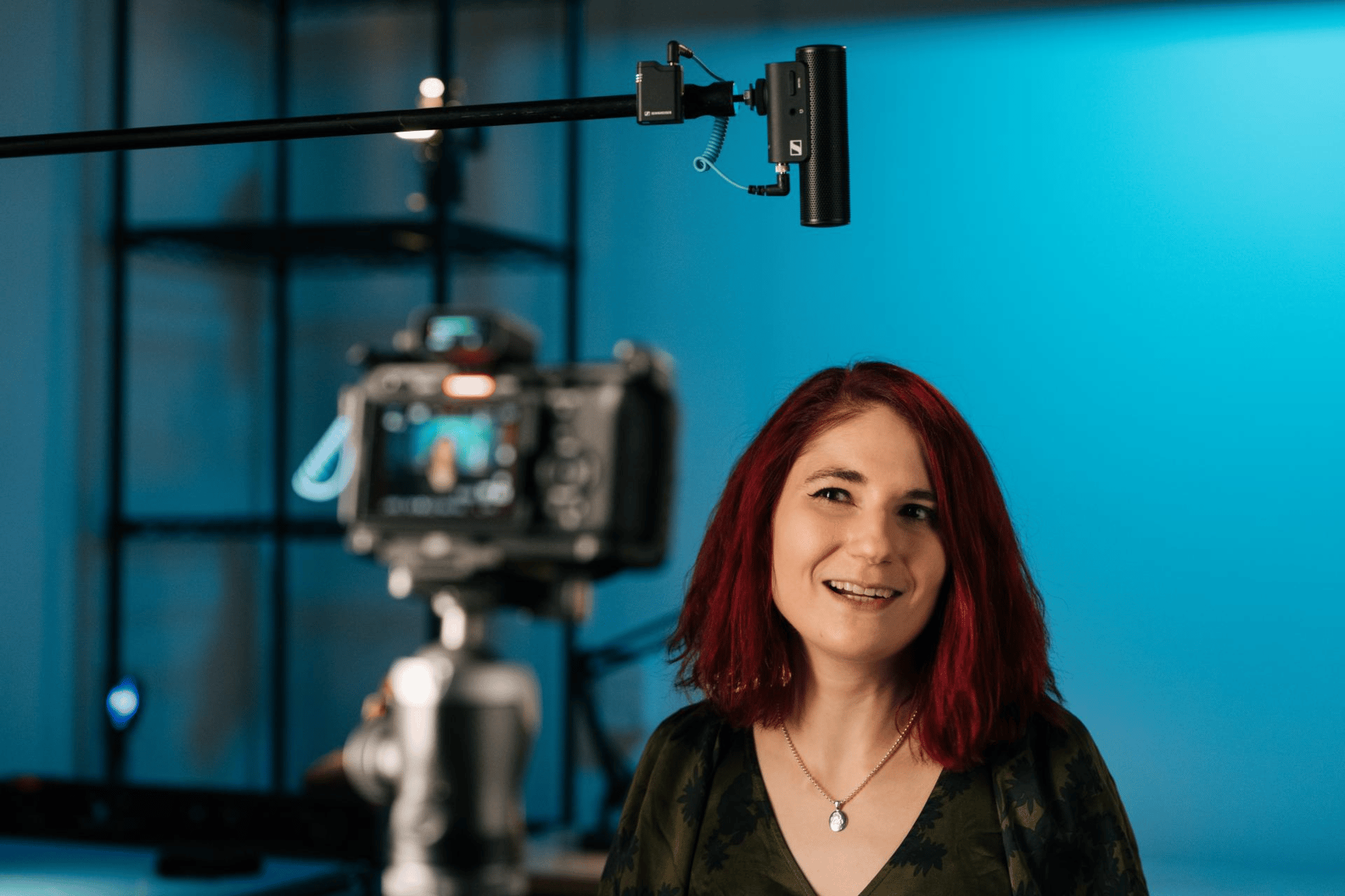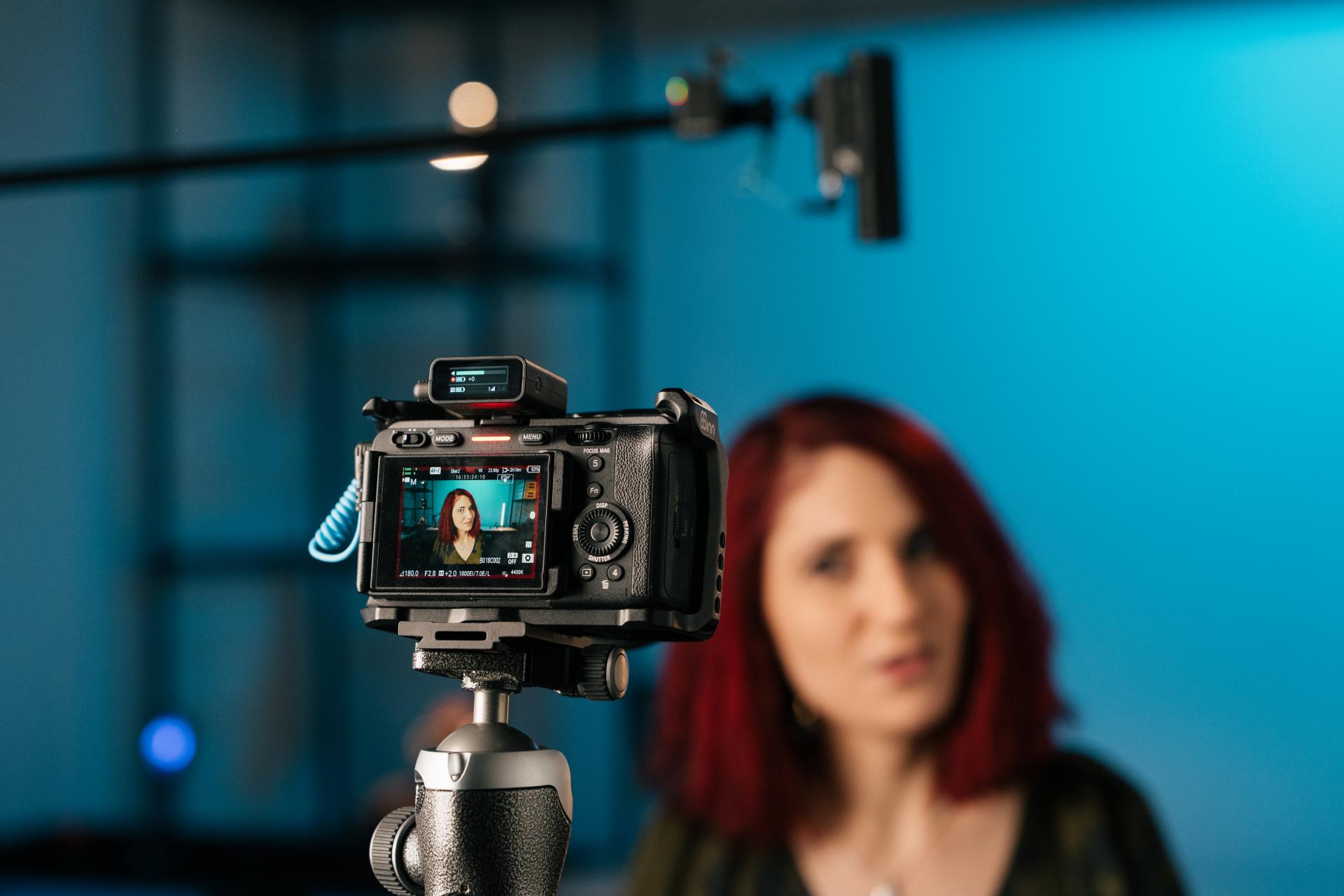In the world of audio production, cables have long been the necessary evil—tangled, limiting, and often the source of technical headaches. But with the rise of wireless mic systems like Sennheiser’s Profile Wireless, creators now have the freedom to build professional-grade boom mic setups without the clutter. Whether you're an indie filmmaker, mobile journalist, or content creator on a budget, this guide shows you how to combine Profile Wireless with MKE shotgun mics to create a cable-free, 32-bit float recording rig that’s compact, affordable, and powerful.
Why Wireless Boom Mics Are a Game-Changer
Boom mics are essential for capturing clean, directional audio in video production. Traditionally, they require long XLR cables, external recorders, and careful coordination between the boom operator and sound engineer. This setup works well in controlled environments—but it’s cumbersome in the field.
Wireless boom mic setups eliminate the need for cables and external recorders, giving creators more mobility and flexibility. With Profile Wireless, you can mount a shotgun mic on a boom pole, connect it to a transmitter, and record high-quality audio directly to the transmitter itself—all while monitoring wirelessly through the receiver.
What You Need for a Wireless Boom Mic Setup
To build your wireless boom rig, you’ll need:
- Profile Wireless 1-Channel or 2-Channel System
Includes transmitter, receiver, and charging accessories. The 2-Channel version is ideal if you want to record a second mic simultaneously.
- Shotgun Mic: MKE 600, MKE 400, or MKE 200
These compact, directional mics are perfect for boom use. The MKE 600 offers XLR and 3.5mm options, while the MKE 400 and 200 are more compact and designed for mobile setups.
- Boom Pole
Choose a lightweight, extendable boom pole with a cold shoe or shock mount for mic attachment.
- Mounting Accessories
Shock mount, windscreen, and extension cables (if needed) to reduce handling noise and wind interference.
- Headphones for Monitoring
Connect to the receiver’s headphone output to monitor audio in real time. For the best results, use closed-back, low-impedance headphones that offer isolation and accurate sound reproduction. We recommend the Sennheiser HD 25 for monitoring.
Step-by-Step Setup Guide
Here’s how to assemble and operate your wireless boom mic rig:
Step 1: Mount the Shotgun Mic
Attach your MKE 600, 400, or 200 to the boom pole using a shock mount or cold shoe adapter. Add a windscreen if you’re recording outdoors.
Step 2: Connect to the Transmitter
Plug the mic into the Profile Wireless transmitter using the appropriate cable (XLR to 3.5 mm or 3.5 mm to 3.5 mm). Secure the transmitter to the boom pole or operator’s belt. The XLR to 3.5 mm cable is included in the MKE 600 box, and the 3.5 mm cable is included in the boxes for MKE 200 and MKE 400.
Note: When using the MKE 600 with Profile Wireless, the microphone must be powered by its internal AA battery. Phantom power is not supplied by the transmitter.
Step 3: Enable 32-Bit Float Recording
On the transmitter, activate 32-bit float recording. This feature captures a wide dynamic range and prevents clipping—even in unpredictable environments. Make sure your device is running Firmware version 4.1.0 or later, as this automatically enables 32-bit float recording on the transmitter.
Click here to learn how to update the firmware on Profile Wireless.
Step 4: Monitor Audio via Receiver
Connect headphones to the receiver and use the OLED display to monitor gain levels, battery status, and signal strength in real time.
Step 5: Record and Sync
Start recording directly to the transmitter. After the shoot, transfer the WAV files to your editing software. If you’re using multiple audio sources, sync them in post-production.
Why 32-Bit Float Recording Matters
32-bit float recording is a game-changer for boom mic setups. It captures audio with an extended dynamic range, allowing you to recover clipped or quiet audio in post. This is especially useful when recording dialogue in unpredictable environments—like busy streets, windy fields, or echoey interiors—where sound levels can spike unexpectedly.
With Profile Wireless, you don’t need an external recorder. The transmitter itself records 48kHz 32-bit float WAV files, giving you studio-quality audio in a compact, mobile-friendly format.
Use Cases: Who This Setup Is For
This wireless boom mic setup is ideal for:
- Solo Content Creators
Capture dialogue on location without bulky gear or cables.
- Mobile Journalists
Record interviews and ambient sound while staying agile.
- YouTubers and Vloggers
Improve audio quality in outdoor or dynamic environments.
- Audio Engineers on a Budget
Build a professional rig without investing in expensive recorders or mixers.
Profile Wireless vs. EW-DP SKP Setup
Already using Sennheiser’s UHF EW-DP system? You can achieve a similar wireless boom setup using the EW-DP SKP plug-on transmitter. Just pair it with an MKH 416, an MKE 600, or any mic in the MKH 8000 series (with the exception of the MKH 8018) and you’re ready to go.
Here’s a quick comparison:
Both setups offer excellent audio quality, but Profile Wireless is more accessible for creators who want simplicity and affordability.
Real-World Workflow Example
Imagine a documentary filmmaker shooting interviews in a remote village. With a Profile Wireless 2-Channel Set and an MKE 600 mounted on a boom pole, the boom operator can follow subjects freely without worrying about cable length or tripping hazards.
The transmitter records 32-bit float audio directly, while the director monitors sound via the receiver. After the shoot, the WAV files are transferred to a laptop for editing. No external recorder, no tangled cables—just clean, professional audio captured on the go.
Future-Proofing Your Audio Workflow
As content creation becomes more mobile and decentralized, gear needs to keep up. Wireless boom mic setups like Profile Wireless + MKE shotgun mics offer a future-proof solution for creators who value flexibility, quality, and simplicity.
With firmware updates, modular components, and broad device compatibility, Profile Wireless isn’t just a mic system—it’s a long-term investment in your creative workflow.




